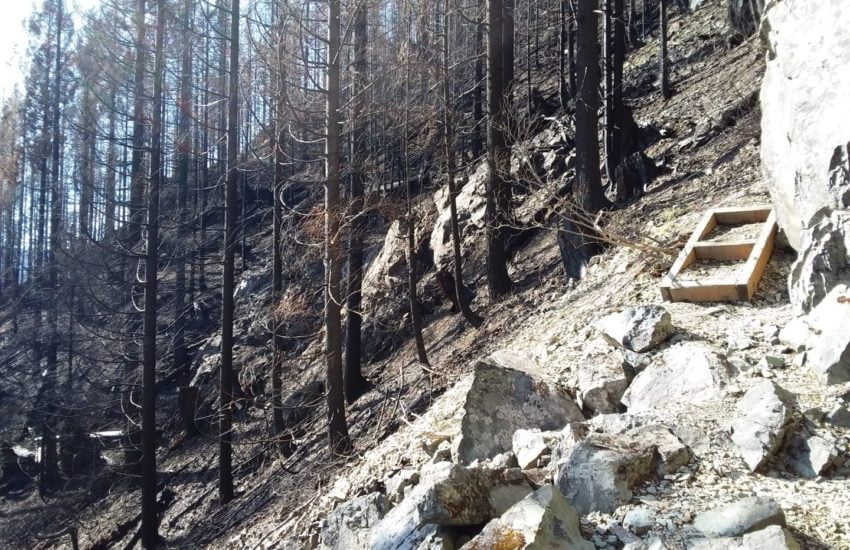
BURLINGTON, Vermont, October 8, 2019 —The U.S. Department of Agriculture (USDA) is launching a multi-year study to assess the impact of voluntary conservation practices on water quality in two Lake Champlain Basin watersheds. These studies – established with other state and federal partners – help USDA’s Natural Resources Conservation Service (NRCS) quantify the outcomes of conservation efforts of farmers who are taking steps on their land to improve water quality and conserve natural resources.
“This study will help agricultural producers in Vermont learn more about the measurable outcomes of their conservation efforts, which impact not only the resources on their own operations, but also the streams and watersheds in their communities,” said Bill Northey, USDA Under Secretary for Farm Production and Conservation, at an event with partners in Burlington near the shores of Lake Champlain.
This study, funded through NRCS’s Conservation Effects Assessment Project (CEAP), is a joint effort with the University of Vermont Extension and leverages additional support from Vermont Department of Environmental Conservation, United States Geological Survey (USGS), Vermont Agency of Agriculture, and USDA’s Agricultural Research Service.
The study will examine two watersheds with USGS gaging stations placed throughout the Dead Creek Watershed and Headwaters of Little Otter Creek. The study will provide insight into the potential for innovative conservation practices and planning tools to be used together to reduce agricultural sources of phosphorus, nitrogen, and sediment in streams.
The Total Maximum Daily Load in the Lake Champlain Basin caps the maximum amount of phosphorus allowed to enter the lake and still meet Vermont’s water quality standards. A 2007 study conducted for the Lake Champlain Basin Program estimated that about 38 percent of phosphorus load is from agricultural land.
NRCS launched CEAP in 2003, and it has furthered the understanding of how NRCS-led conservation efforts are improving watershed health, wetlands, wildlife and working lands. CEAP project findings are used to guide USDA conservation policy and program development and help conservationists, farmers and ranchers make more informed conservation decisions. In total, CEAP assessments have been conducted on 51 watersheds across the nation.
Currently, there are 23 active projects working to quantify water resource and soil health outcomes of conservation in agricultural and rural watersheds. Findings from CEAP watersheds assessments have been used to inform conservation program design and delivery approaches and refine conservation strategies for greater benefits.
For example, in critical conservation areas, such as the Western Lake Erie Basin and the upper Midwest, NRCS is using insights gleaned from CEAP about phosphorus and changes in hydrology to develop more effective conservation practices and systems to intercept and treat water resource concerns. In the Mississippi River Basin, potential impact of innovative practices has been assessed to evaluate conservation strategies.
This CEAP study in Vermont is one of three that NRCS is starting to fund this year. In two new projects in California, NRCS will expand CEAP work on drought and water availability, studying conservation practices for nitrogen and water management and groundwater recharge and their outcomes on both water quality and availability.
“We are looking forward to working with our state and local partners, and with farmers, to dive deeper into our conservation strategy and see what works and what can be improved,” NRCS Chief Matt Lohr said. “CEAP also offers the opportunity to bring innovative conservation and management practices to Vermont’s agricultural community.”

